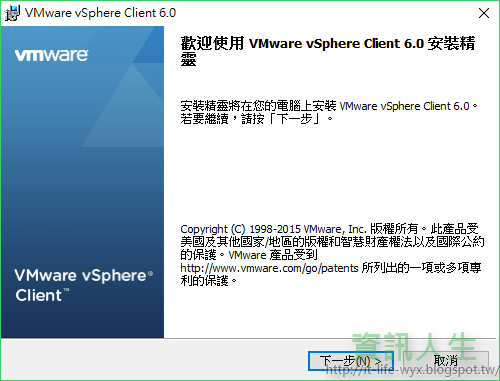
The Cisco UCS Manager boot policy overrides the boot order in the BIOS setup menu and determines the following: Selection of the boot device. All works fine apart from the ability to run a simple script at startup. Then choose Configuration > BIOS Settings > System Security TPM Security should be On, Intel (R) TXT should be Off, Secure Boot should be Enabled TPM Advanced Settings: The Cisco UCS Manager enables you to create a boot policy for blade servers and rack servers. 0 with Intel TXT Yes vSphere version TPM/Intel TXT options Is UEFI Secure Boot required? 7 c. All acceptance levels validated To me it looks like secure boot can be enabled and the TPM … ESXi 6. Select Primary and enter the vHBA name for your A-side fabric (for example: vHBA-A ) Adding vHBA-A to the boot policy Under vHBA add another SAN Boot device. All the script does is load the ipmi_si_drv and ipmi_devintf drivers as for some reason … March 22, 2020. Select the Secure Boot check box to … ESXi 6. EXAMPLE Get-VM -Name Windows10 | Set-SecureBoot -Disabled #> param ( [ … Go to Secure Boot -> Change Secure Boot to Enabled. More Resources: We have a customer that needs to boot with Secure Boot enabled. This mode can be accessed locally using directly attached keyboard and monitor or remotely via SSH. Converting a Windows VMware vCenter server to the VMware vCenter Appliance. Changing the host boot type between legacy BIOS and UEFI is not supported after you install ESXi 6. New Boot Policy configuration Under the vHBA section select “Add SAN Boot”. Once you … Secure boot is part of the UEFI firmware standard.


Boot new mac from old mac's target disk mode 4.


 0 kommentar(er)
0 kommentar(er)
